The student body at U of T forms Canada’s largest undergraduate population. U of T instructors work diligently to engage students fully, preparing them for lifelong success and learning. As a leading research-intensive university, innovative teaching and leadership is guided by current pedagogical research and the consideration of evidence-based practices.
When instructors draw on both discipline-specific research and broader educational theories students gain positive benefits to both their curricular and co-curricular learning experiences. An important source of data that educators and educational leaders draw on is the National Survey of Student Engagement (NSSE).
NSSE collects student responses to a wide range of questions on educational best practices from more than 1500 universities and colleges across North America, including the University of Toronto. One of the factors measured by NSSE is the participation of undergraduate students in high-impact learning practices.
Participation in these activities – including undergraduate research, service and community based learning, collaborative assignments and projects, and writing-intensive courses – has been shown to correspond with “deep approaches” to learning for students. Evidence shows that students who participate in high-impact practices are better able to understand and apply theoretical concepts, integrate diverse ideas and perspectives and analyze and synthesize ideas.
One of those high-impact practices is the participation of students in all disciplines in writing-intensive courses, emphasizing writing for different audiences in different disciplines. The goal is to not only improve student writing, but to also lead to developments in oral communication and information literacy, among other transferable skills crucial for success in and after an undergraduate program.
The Faculty of Arts & Science has, through the Writing Instruction for TAs (WIT) Project, integrated writing instruction with disciplinary teaching, leveraging the role of teaching assistants in connecting with students.
Through participation in WIT, students learn to write for different circumstances.
Students in Chemistry courses with WIT TAs have learned to write professional laboratory reports, conference abstracts and academic articles and Computer Science students have learned to write technical documents, instructions and software requirements.
Course evaluation comments highlight the benefits for students. As a physical sciences student noted, “You actually learn why you are doing things and how things work in practical application – the course focused more on the understanding and proving, rather than simply doing.”
To encourage students to engage with writing the project offers low-stakes opportunities for students to practice their skills. WIT emphasizes the role of formative assessment in learning. Formative assessment describes a range of assessments that occur throughout a learning experience, through which instructors give students an opportunity to target areas that need improvement and check for understanding. In the WIT program, students are given the chance to revise their work based on comments, thereby tracing their development as writers and targeting areas for improvement.
Although writing is often seen as a personal or individual skill, it is, at its core, concerned with interpersonal communication – the interaction between writer and reader. Developing this key interdisciplinary skill is important for student success in all areas, and has a lasting beneficial effect on engagement.
“From lab reports to philosophy papers, WIT helps undergraduate students develop the discipline-specific writing skills they need to be successful in university. By working with faculty and librarians on curricular and assignment design and with TAs on discipline-specific writing instruction strategies, the WIT program ensures that Arts & Science students are given opportunities to develop as thinkers, researchers, and writers throughout their degree,” said Andrea Williams, WIT Coordinator and Assistant Professor, Teaching Stream, Writing Instruction.
The WIT program offers students the opportunity to extend beyond their discipline while realizing benefits within their program of study. “What was really important for me in this course was that it allowed me to understand social research a lot better. Afterwards, when I’ve gone on to read research studies, as like a reading for the week, I can understand what the researcher is talking about,” said a social sciences undergraduate student.
Many of the other high impact practices highlighted in the NSSE data have been incorporated into instruction and curriculum at the University of Toronto, and student response has been overwhelmingly positive. As programs and instructors continue to engage with the changing dynamics of the undergraduate learning experience, use of high-impact practices can continue to positively effect undergraduate student engagement and experience.























